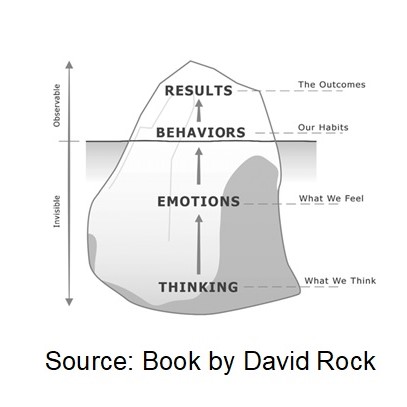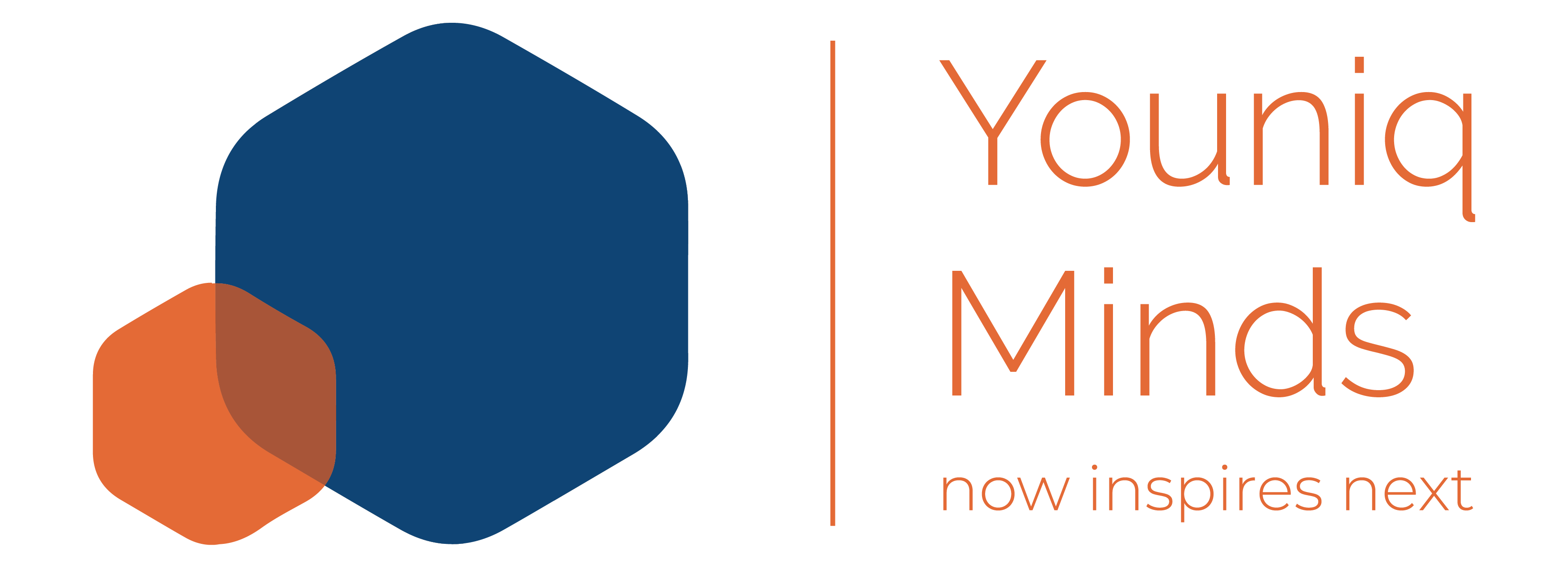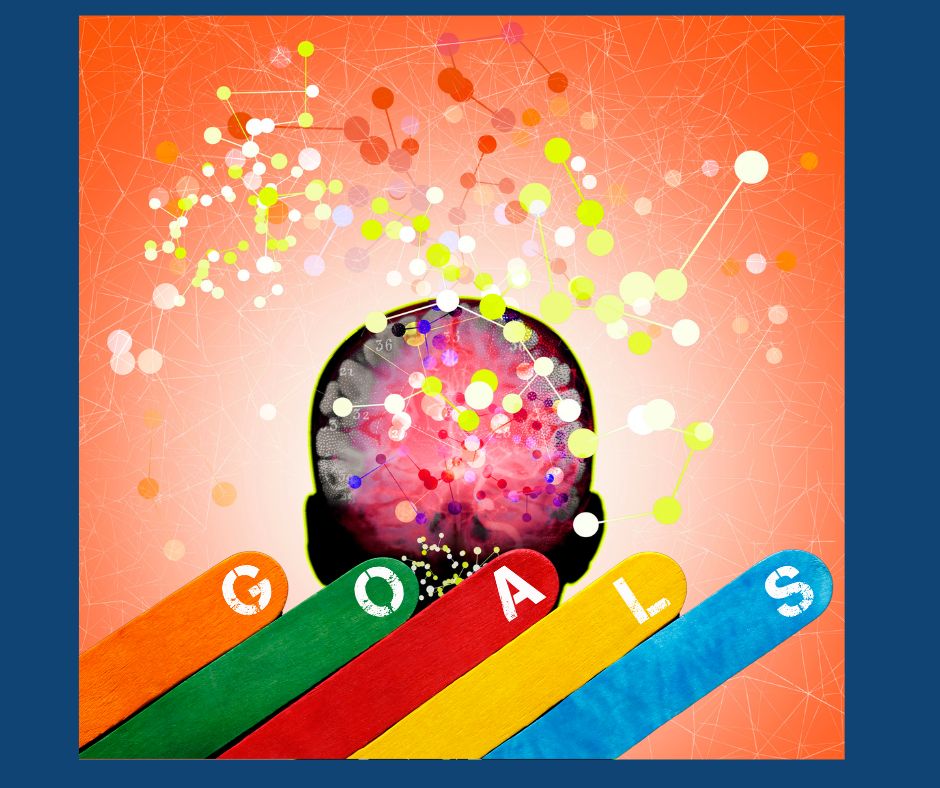To take any committed action, people need to think things through, and most of the time, it takes work to be in the process of thinking itself. Sometimes we need adequate know-how on the subject and end up stuck in the thinking process, which comes in the way of accomplishing goals.
When I was striving hard to think about my consultancy practice, I used to get nervous, which got my attention diverted toward what might go wrong. It was tough to think without thinking about negatives, risks, etc., because my thought process was successfully generating counterproductive emotions, which somewhat confused and discouraged me from taking the first step. Has it happened to you?
In this blog, I would like to share some research-based information to help you understand why we get derailed in the thinking process.
Thomas B. Czerner said, “Brain carves patterns and searches for them endlessly.”

Scientists have discovered that our brain is a connection machine. Its underlying functionality is to find associations, connections, and links between bits of information. Our thoughts, memories, skills, and attributes are vast connections or “maps” joined together via complex chemical and physical pathways.
Research says that our brains like to create order from chaos. Thus, it keeps processing the data to make links between information so that our lives make more sense. We feel more comfortable surrounded by order; we feel better inside symmetry, where we can see how everything is connected. We feel comfortable within comfort. After all, we like predicting the outcome of situations.
So, when we think about goals, especially new ones, it requires us to create new mental maps. For this, our brain needs to compare, associate, and match new ideas with our existing experiences, beliefs, and maps. That is a reason why we experience a degree of inertia around thinking. The thinking process requires a systematic approach or the support of a coach.
To solve my challenge, I approached the goal statement differently. I created a goal of collecting data to help my brain collect new information. I wanted my inner self to support me and give me the courage to do something I had never done before. I began the process by enrolling in courses, engaging a professional leadership coach, and forming a group of councils. With this approach, I got an opportunity to learn more about this career path, and coaching sessions helped me to think about ways to overcome the challenges and deal with my insecurities, beliefs, and fears.
When we help our brain to create a new map, it releases energy, and there is a sudden, strong motivation for action. I also wish that if you are about to start working on something new, this article instills some clarity, and if you need someone to support you in achieving your goals, write to me.

